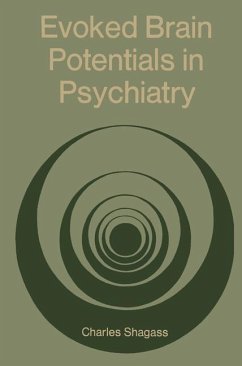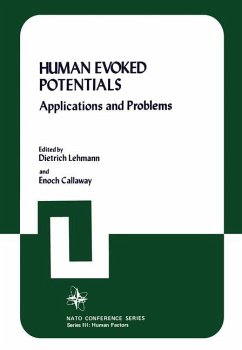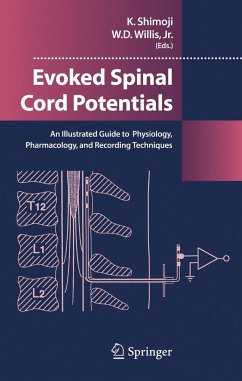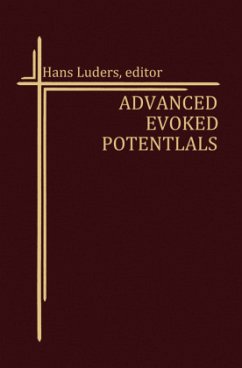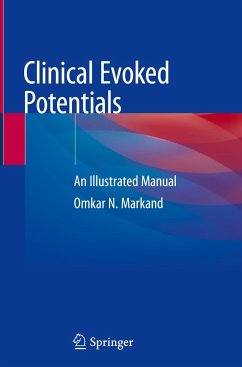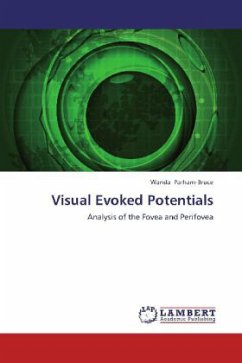
Visual Evoked Potentials
Analysis of the Fovea and Perifovea
Versandkostenfrei!
Versandfertig in 6-10 Tagen
32,99 €
inkl. MwSt.

PAYBACK Punkte
16 °P sammeln!
Visual evoked potentials (VEP) were used to measure how stimulus properties (pattern VEP check sizes/spatial frequency) and retinal eccentricity (fovea versus perifovea) interact to give rise to the final VEP response. The purposes of this study were to investigate how stimulus check size (spatial frequencies) and retinal eccentricity affect the VEP response, re-examine whether the cortical magnification factor is applicable to VEP measures, and to determine optimal sized VEP checks for foveal and perifoveal stimuli. Earlier studies have shown that check size as well as stimulus location in th...
Visual evoked potentials (VEP) were used to measure how stimulus properties (pattern VEP check sizes/spatial frequency) and retinal eccentricity (fovea versus perifovea) interact to give rise to the final VEP response. The purposes of this study were to investigate how stimulus check size (spatial frequencies) and retinal eccentricity affect the VEP response, re-examine whether the cortical magnification factor is applicable to VEP measures, and to determine optimal sized VEP checks for foveal and perifoveal stimuli. Earlier studies have shown that check size as well as stimulus location in the visual field does affect the VEP response. Experiments conducted in earlier studies focused more on amplitude than implicit time, and only a few studies investigated if or how the sum of the foveal and perifoveal amplitudes could be used to predict the amplitude of the full field target. Thus, one of the reasons for conducting this research is to add new data to this area of study.




